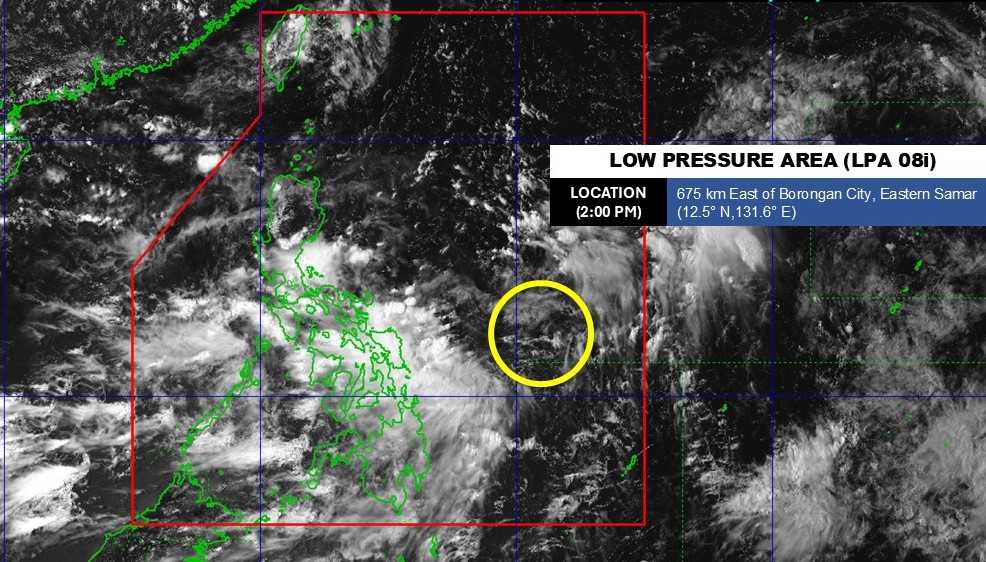The Philippine Atmospheric, Geophysical and Astronomical Services Administration (PAGASA) said that the neutral ENSO phenomenon ( El Nino - Southern fluctuations) is likely to last until October. However, climate models show a high probability of a short-term La Nina occurring between September and December, with a chance of over 55%.
La Nina is a cold phase of ENSO, characterized by colder-than-average sea surface temperatures in the central and eastern equatorial Pacific. This phenomenon often causes the number of tropical storms and super typhoons to increase sharply towards the end of the year, and causes unusually heavy rain, leading to the risk of widespread flooding and landslides.
PAGASA emphasized: History shows that previous La Nina rains have always been associated with severe monsoons, severe agricultural damage and deep flooding in many areas. This agency called on local authorities, natural disaster prevention forces and people to promptly prepare and proactively take response measures.
Currently, at 2:00 p.m. on August 31, a low pressure area (LPA 08i) is being monitored within the Philippine Forecast Area (PAR). The center of the low pressure is located at 12.5 degrees north latitude, 131.6 degrees east longitude, 675km east of Borongan City, Eastern Samar.
Although there is a low possibility of developing into a tropical depression in the next 24 hours, this is considered a notable signal in the context of storm No. 6 in the East Sea having just dissipated.

Not only PAGASA, meteorologists from the US National Oceanic and Atmospheric Administration (NOAA) have also issued a La Nina Watch warning, and forecast that the world is likely to maintain a neutral ENSO state until the end of 2025 and the whole year of 2026. However, if La Nina occurs, it may only last for a short time before turning to neutral.
According to NOAA, ENSO often operates as a current between La Nina and El Nino, each lasting from 9 months to 1 year, but not in a fixed cycle. It is this unusual thing that makes storms in the Pacific and the East Sea increasingly unpredictable.
In the context of strong climate change, the possibility of La Nina appearing at the end of this year means that the 2025 storm season in the East Sea is at risk of becoming more severe, requiring countries in the region to raise their vigilance and proactively respond early.











